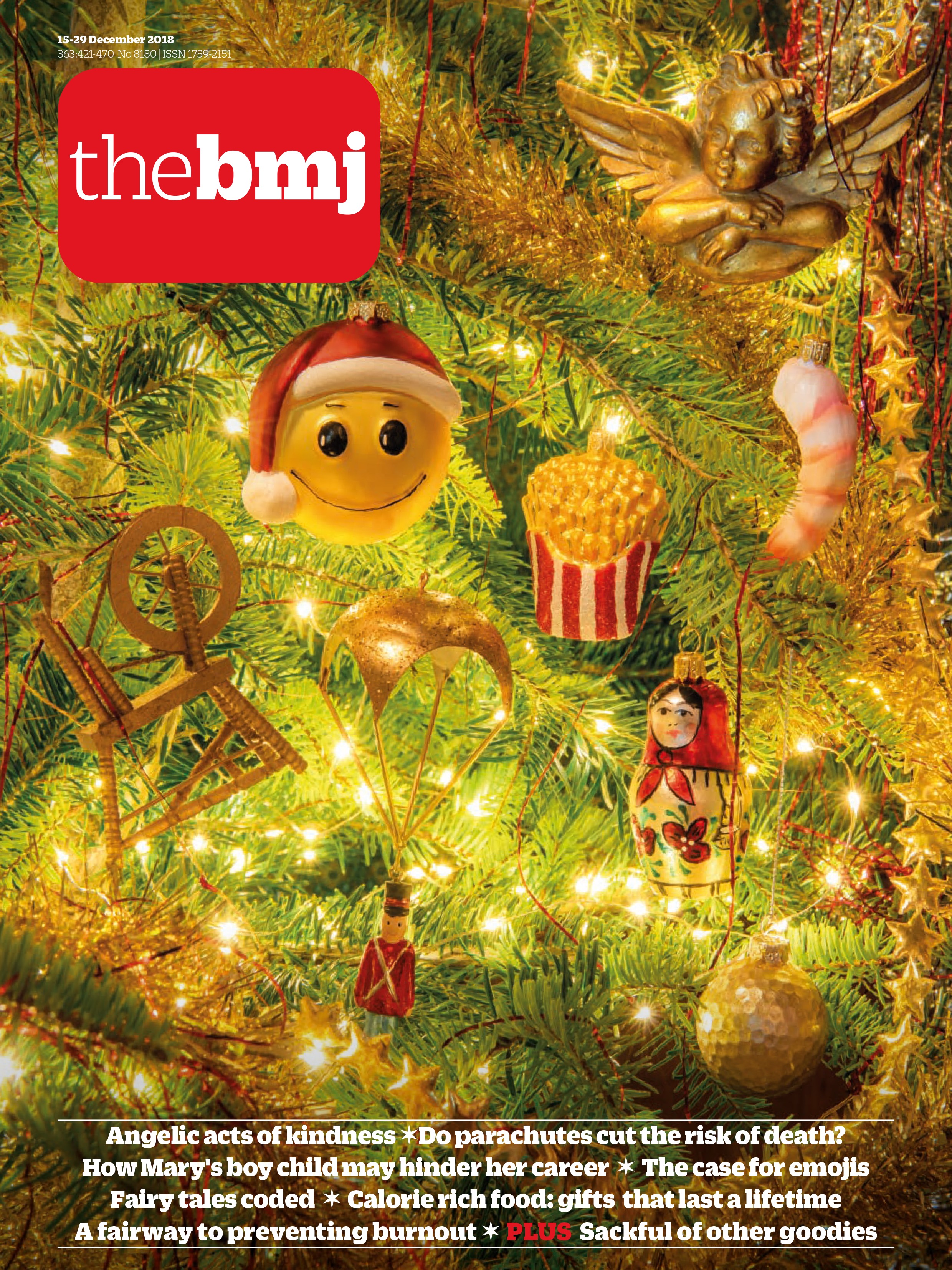Send us a link
Predatory Journals Enter Biomedical Databases Through Public Funding
Predatory Journals Enter Biomedical Databases Through Public Funding
Politicisation, "Corruption," and Suppression of Science
When good science is suppressed by the medical-political complex, people die.
Covid-19's Known Unknowns
The more certain someone is about covid-19, the less you should trust them.
Covid-19: Re-opening Universities is High Risk
Over a third of US colleges and universities fully reopened in August.1. It was risky.
Two Metres or One: What is the Evidence for Physical Distancing in Covid-19?
The Perils of Preprints
Their use and platforms require greater scrutiny Preprints-manuscripts that have not undergone peer review-were first embraced in physics, catalysed by the creation in the early 1990s of arXiv.org, an open online repository for scholarly papers.1 It was not until 2013 that similar initiatives were embraced by the biological and then medical sciences,2 and novel publishing platforms continue to emerge. Some commentators believe the potential for harm is outweighed by the benefits,134 but others have raised specific concerns regarding medical preprints and mitigating the risk of harm to the public.2 These discussions need to be revisited in the context of the covid-19 pandemic, which has been accompanied by an explosion of preprint publications. An analysis focusing on studies estimating the R of SARS-CoV-2 drew attention to the powerful role of preprints in shaping global discourse about covid-19 transmissibility. While showing the benefits that preprints may confer when adopting a consensus based approach-where data is extracted from multiple studies to observe trends and obtain an average with or without the exclusion of outliers-the authors also identify risks-matters of credibility and misinformation, both intentional and unintentional5-which may be increased where there are vested interests involved. Notably, two linked preprint publications examining the association between smoking and covid-19,67 which were widely disseminated before …
Covid-19: Questions of Conscience and Duty for Scientific Advisers
Covid-19: Questions of Conscience and Duty for Scientific Advisers
England is abandoning lockdown and possibly hope of containing a second wave of covid-19.
Waste in Covid-19 Research
A deluge of poor quality research is sabotaging an effective evidence based response.
Gender Differences in How Scientists Present the Importance of Their Research
Do men and women differ in how positively they frame their research findings and is the positive framing of research is associated with higher downstream citations?
RoB 2: a Revised Tool for Assessing Risk of Bias in Randomised Trials
Assessment of risk of bias is regarded as an essential component of a systematic review on the effects of an intervention. The most commonly used tool for randomised trials is the Cochrane risk-of-bias tool. We updated the tool to respond to developments in understanding how bias arises in randomised trials, and to address user feedback on and limitations of the original tool.
Open Access: Remember Doctors in Developing Countries
Just as patients' access to journals is important,so is the access of doctors in developing countries.
Asking the Right Question: Implementation Research to Accelerate National Non-communicable Disease Responses
Asking the Right Question: Implementation Research to Accelerate National Non-communicable Disease Responses
A Lexicon for Gender Bias in Academia and Medicine
Mansplaining is the tip of the iceberg Many of the experiences of women in the workforce are so patterned and commonplace they have spawned an emerging vocabulary, which includes terms like mansplaining (explaining something in a condescending or patronising way, typically to a woman), bropropriation (when a man takes credit for a woman's idea), manel (a panel of speakers populated entirely by men), and himpathy (the "inappropriate and disproportionate sympathy powerful men often enjoy in cases of sexual assault, intimate partner violence, homicide, and other misogynistic behavior"). Here, we propose a number of additions to the vernacular, which are likely to remain relevant for the foreseeable future.

The Trouble with Girls: Obstacles to Women's Success in Medicine and Research
In 1856, Eunice Foote had to listen to a man present her paper because of her sex. In 2019, women undoubtedly have greater access to academic training, support, and mentorship than in the mid-19th century. But the ultimate and fundamental sex equality that Foote and her colleagues called for in 1848 has yet to be achieved in medicine, nursing, public health, and the sciences.
